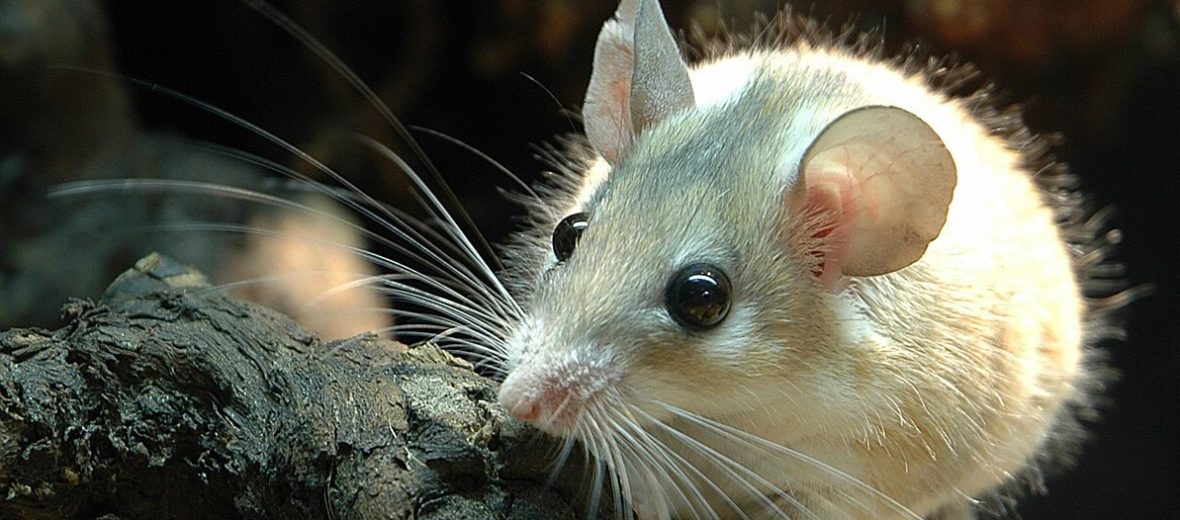
The Cairo spiny mouse, aka Egyptian spiny mouse, Arabian spiny mouse, or common spiny mouse, hails from northern Africa. More specifically Algeria, Egypt, Eritrea, Ethiopia, Mauritania, Morocco, and Sudan. They prefer dry, rocky habitats with sparse vegetation, often close to human settlements. Due to an abundant and stable population, these rodents are listed as Least Concern by the IUCN.
First the Stats…
Scientific name: Acomys cahirinus
Weight: Up to 3 ounces
Length: Up to 5 inches, plus up to a 5 inch tail
Lifespan: Up to 7 years
Now on to the Facts!
1.) These gregarious critters live in small family colonies.
2.) A group of mice is called a colony, horde, mischief, nest, or trip.
3.) Cairo spiny mice are nocturnal (active at night).
4.) Foraging takes place in varying parts of the night to avoid competition and potential fights.
5.) They live in burrows, so they can be considered fossorial.
But wait, there’s more on the Cairo spiny mouse!
6.) These mice are the only known rodent species to display spontaneous menstruation and decidualization. Other mammals that exhibit this phenomenon are elephant shrews, Old World monkeys, and humans.
7.) Disliking cold weather, they will often enter homes to overwinter.
Did you know…?
Females typically get pregnant again immediately after giving birth, and have 3 – 4 litters per year.
8.) Fruit, green leaves, seeds, nuts, various insects, spiders, snails, and even carrion (dead animals) are all on the menu. Seeing as they sometimes come into contact with humans, they have also been known to feast on grains, crops, and stored food.
9.) Being as the family colonies consist of a dominant male and subordinate females along with their young, it is presumed that these mice are polygynous (1 male mates with multiple females).
10.) Females undergo up to a 6 week gestation (pregnancy) that yields up to 5 pups, aka pinkies or kits.
11.) Birds of prey, snakes, dogs, and cats all prey on these mice.
Now a Short Cairo Spiny Mouse Video!
Be sure to share & comment below! Also, check out the Critter Science YouTube channel. Videos added regularly!
Want to suggest a critter for me to write about? Let me know here.
Some source material acquired from: Wikipedia & IUCN
Photo credit: Marcel Burkhard



